Introduction
In today’s rapidly evolving healthcare landscape, innovation is essential for addressing the complex challenges facing the industry. One effective approach to driving innovation is through the development of Minimum Viable Products (MVPs), which offer a streamlined pathway for bringing new healthcare solutions to market. By partnering with a trusted MVP development company, healthcare startups and established organizations alike can leverage expertise and resources to navigate the intricacies of product development and deliver impactful solutions tailored to the needs of healthcare professionals and patients
What Does MVP Health Care Stand For? MVP in Healthcare
Certainly! In healthcare, MVP stands for Minimum Viable Product. This approach involves developing a basic version of a healthcare product or service with the minimum necessary features to meet the needs of early users. The goal of MVP development in healthcare is to quickly launch a usable product, gather feedback from healthcare professionals and patients, and use this feedback to iterate and improve the product in future versions.
MVP development is particularly useful in healthcare due to the complex nature of the industry and the need to ensure that products and services meet the specific needs of healthcare providers and patients. By focusing on essential features in the initial version, developers can reduce time to market, minimize costs, and gather valuable insights to inform future development efforts.
Overall, MVP development in healthcare enables a more agile and iterative approach to product development, allowing developers to quickly adapt to changing needs and improve the quality and effectiveness of healthcare products and services.
Building an MVP In healthcare product involves several key steps:
- Identifying the Problem: Start by clearly understanding the healthcare challenge or opportunity your product aims to solve. This could involve thorough market research, consultations with healthcare professionals, and analysis of existing solutions to pinpoint gaps or inefficiencies in the current system.
- Defining Core Features: Determine the essential functionalities that your MVP must possess to effectively address the identified problem. Prioritize features based on their criticality and feasibility for the initial version. These core features should serve as the foundation for your product’s development.
- Designing User Experience (UX): Develop detailed user personas and design an intuitive user experience for your product. This involves creating interfaces that are easy to navigate and understand for both healthcare professionals and patients. Incorporate feedback from potential users during the design process to ensure usability and relevance.
- Developing the MVP: Leverage agile development methodologies to efficiently build the minimum set of features required for your MVP. This may involve developing software, hardware components, or a combination of both, depending on the nature of your healthcare solution. Aim for speed and simplicity in development to expedite the MVP launch process.
- Integrating Feedback Mechanisms: Implement mechanisms for gathering feedback from users as they interact with the MVP. This could include feedback forms, analytics tools, or direct communication channels with users. Actively solicit input from stakeholders to identify areas for improvement and validate product-market fit.
- Testing and Iterating: Conduct rigorous testing of the MVP to identify any bugs, usability issues, or performance concerns. Iterate on the MVP based on user feedback and testing results, making incremental improvements with each iteration. This iterative approach allows for continuous refinement and optimization of the product.
- Launching and Collecting Data: Roll out the MVP to a targeted audience of users, such as a specific group of healthcare providers or patients. Collect data on user interactions, usage patterns, and user satisfaction levels. Analyze this data to gain insights into the MVP’s performance and user engagement.
- Analyzing Results and Refining: Analyze the data collected from the MVP launch to assess its impact and effectiveness. Identify areas of success and areas for improvement, and use these insights to refine the product further. Continuously prioritize feature enhancements and adjustments based on user needs and market feedback.
By following these informative steps, you can effectively navigate the process of building an MVP for a healthcare product, ensuring that it addresses genuine healthcare needs while laying the groundwork for future growth and development. This approach aligns with the principles outlined in the MVP development guide, which emphasizes the importance of focusing on core features, gathering user feedback, and iterating to improve the product iteratively.
Benefits of developing an Mvp in healthcare
- Faster Time to Market: By focusing on essential features, an MVP can be developed and launched more quickly than a fully-featured product. This enables healthcare startups and companies to enter the market sooner and start generating feedback and revenue.
- Cost-Efficiency: Building an MVP requires fewer resources compared to developing a fully-featured product. By prioritizing core features and functionalities, companies can minimize development costs while still delivering value to users.
- Validation of Concept: Launching an MVP allows healthcare companies to test their product concept in the real world and validate its market demand. By gathering feedback from early users, companies can assess whether their product addresses a genuine need and make necessary adjustments before investing further resources.
- Iterative Development: The MVP approach encourages an iterative development process, where updates and improvements are made based on user feedback and market insights. This iterative approach enables continuous refinement of the product, leading to better alignment with user needs and preferences over time.
- Reduced Risk: Developing an MVP helps mitigate the risk associated with building a full-scale product without sufficient validation. By starting with a minimum set of features, companies can minimize the potential for costly mistakes and pivot their product strategy if needed based on early feedback.
Challenges of developing an MVP for healthcare products
- Regulatory Compliance: Healthcare products must adhere to rigorous regulatory standards. Compliance with regulations like HIPAA (in the U.S.) or GDPR (in the EU) is crucial. Negotiating these requirements during MVP development demands meticulous planning and expertise to ensure legal and safety compliance.
- Data Security and Privacy: Healthcare data is highly sensitive, necessitating robust security measures and compliance with privacy regulations. Implementing adequate safeguards to protect patient confidentiality and trust is paramount.
- Integration with Existing Systems: Healthcare systems are complex, comprising various technologies and platforms. Ensuring seamless integration of the MVP with existing systems like electronic health records (EHRs) or hospital information systems (HIS) demands collaboration with multiple stakeholders.
- Interoperability: The ability of different systems to exchange healthcare data seamlessly is vital. Achieving interoperability with other healthcare systems and standards facilitates efficient communication and data exchange among stakeholders.
- User Adoption and Engagement: Convincing healthcare professionals and patients to adopt new technologies can be challenging. Overcoming resistance and fostering adoption requires effective communication, training, and support to align with existing workflows and behaviors.
Build your MVP with Creole Studio
In conclusion, partnering with Creole Studio, a leading MVP development company, to build your Minimum Viable Product (MVP) offers a strategic advantage in navigating the complexities of healthcare product development. With their expertise in design, development, and regulatory compliance, Creole Studio can help you overcome the unique challenges of creating an MVP for the healthcare industry. By leveraging their skills and experience, you can accelerate your product development timeline, ensure regulatory compliance, and deliver a high-quality MVP that addresses the specific needs of healthcare professionals and patients.


 Lets Talk
Lets Talk 




 Email Us
Email Us 
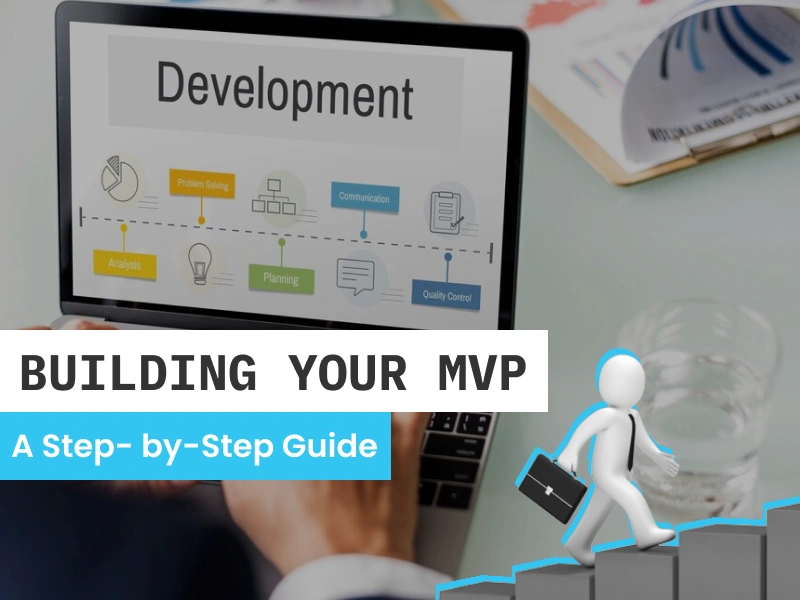

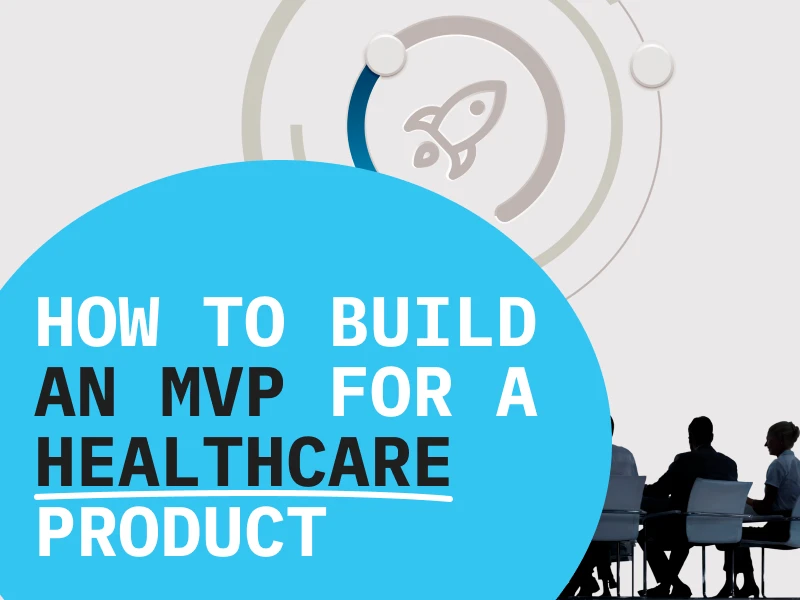








 30 mins free Consulting
30 mins free Consulting 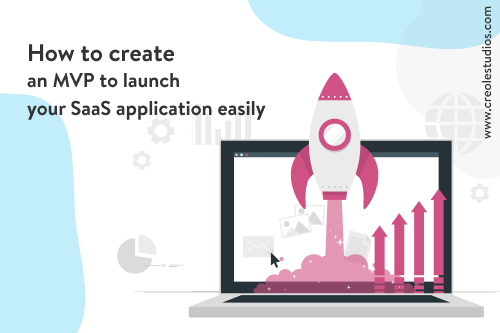
 10 min read
10 min read 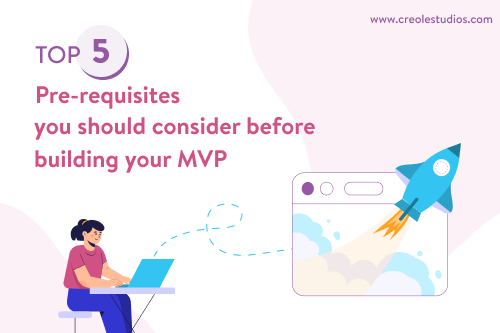

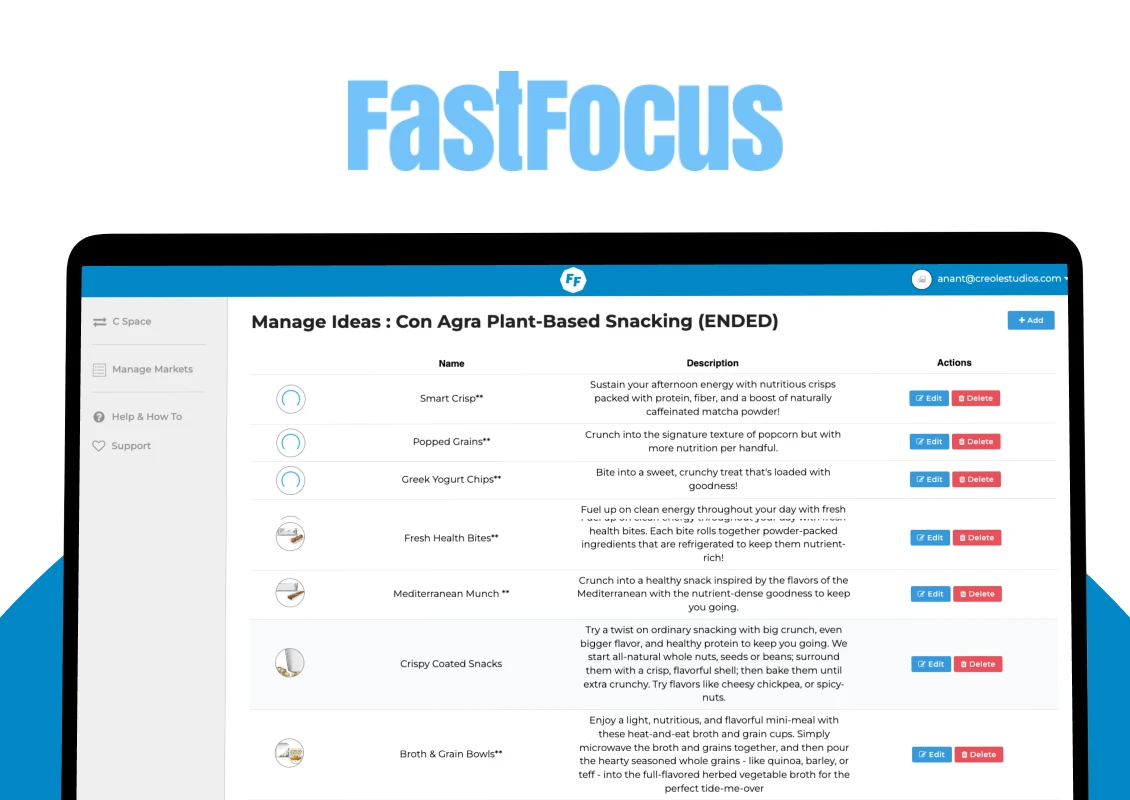
 USA
USA 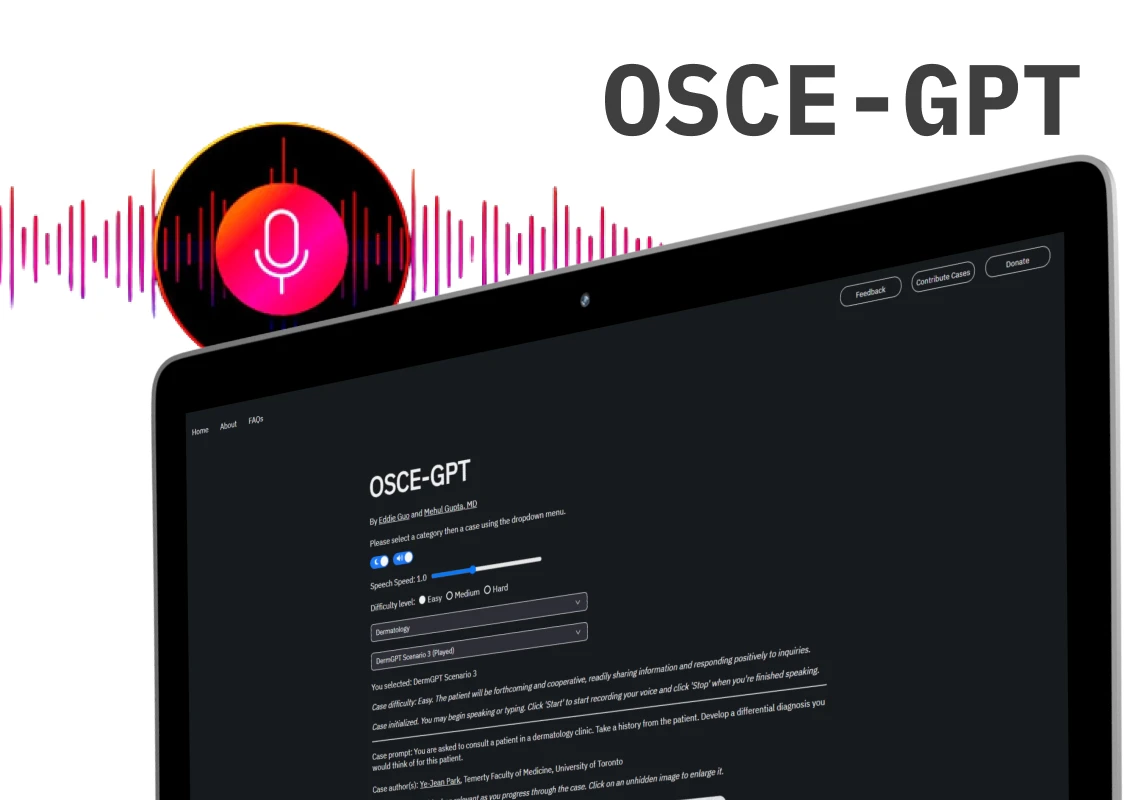
 Canada
Canada 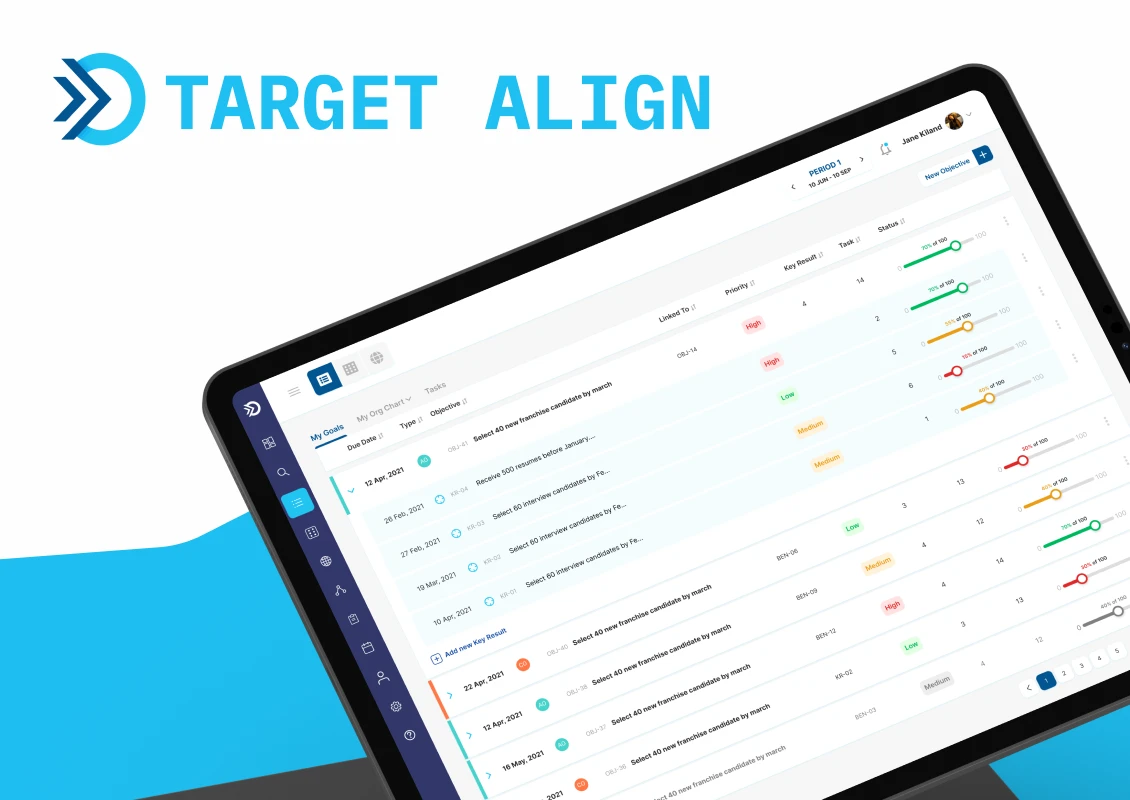






 Love we get from the world
Love we get from the world 